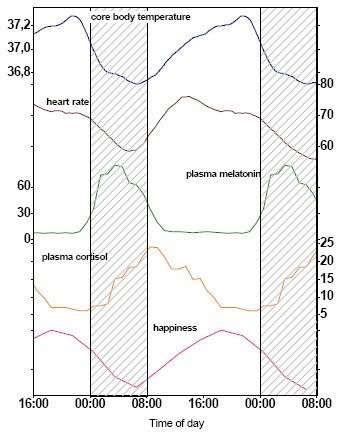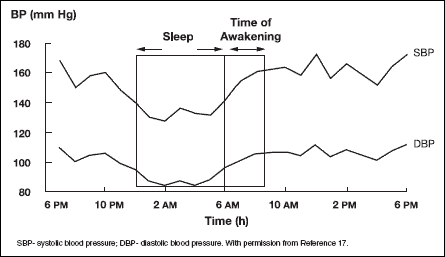Lixivium
Smash Champion
- Joined
- Mar 26, 2006
- Messages
- 2,689
Let's say the two alleles of the gene are T (dominant) and t (recessive). Since the gene for tasting PTC is dominant, those people who can taste it are either TT or Tt, and those who can't are tt.
Tt + TT = 150
tt = 215 - 150 = 65
Percentage of people who are tt:
65/215 = 0.3
Percent frequency of each allele:
tt = q^2
q = sqrt(tt) = sqrt(0.3) = 0.55
P = 1 - 0.55 = 0.45
Frequencies of each genotype:
TT = P^2 = 0.45^2 = 0.2
tt = q^2 = 0.55^2 = 0.3
Tt = 2*P*q = (1 - TT - tt
= (1 - 0.2 - 0.3)
= 0.5
Multiply the frequencies by the population (215 people) to get the number of people:
TT = 0.2 * 215 = 43
tt = 0.3 * 215 = 65
Tt = 0.5 * 215 = 107
or
Tt = 215 - 43 - 65 = 107
I think that's how you do it. Not sure though, because it's been several years since I last did these problems.
Tt + TT = 150
tt = 215 - 150 = 65
Percentage of people who are tt:
65/215 = 0.3
Percent frequency of each allele:
tt = q^2
q = sqrt(tt) = sqrt(0.3) = 0.55
P = 1 - 0.55 = 0.45
Frequencies of each genotype:
TT = P^2 = 0.45^2 = 0.2
tt = q^2 = 0.55^2 = 0.3
Tt = 2*P*q = (1 - TT - tt
= (1 - 0.2 - 0.3)
= 0.5
Multiply the frequencies by the population (215 people) to get the number of people:
TT = 0.2 * 215 = 43
tt = 0.3 * 215 = 65
Tt = 0.5 * 215 = 107
or
Tt = 215 - 43 - 65 = 107
I think that's how you do it. Not sure though, because it's been several years since I last did these problems.

 I've been in school too long to think outside the box like that.
I've been in school too long to think outside the box like that.

